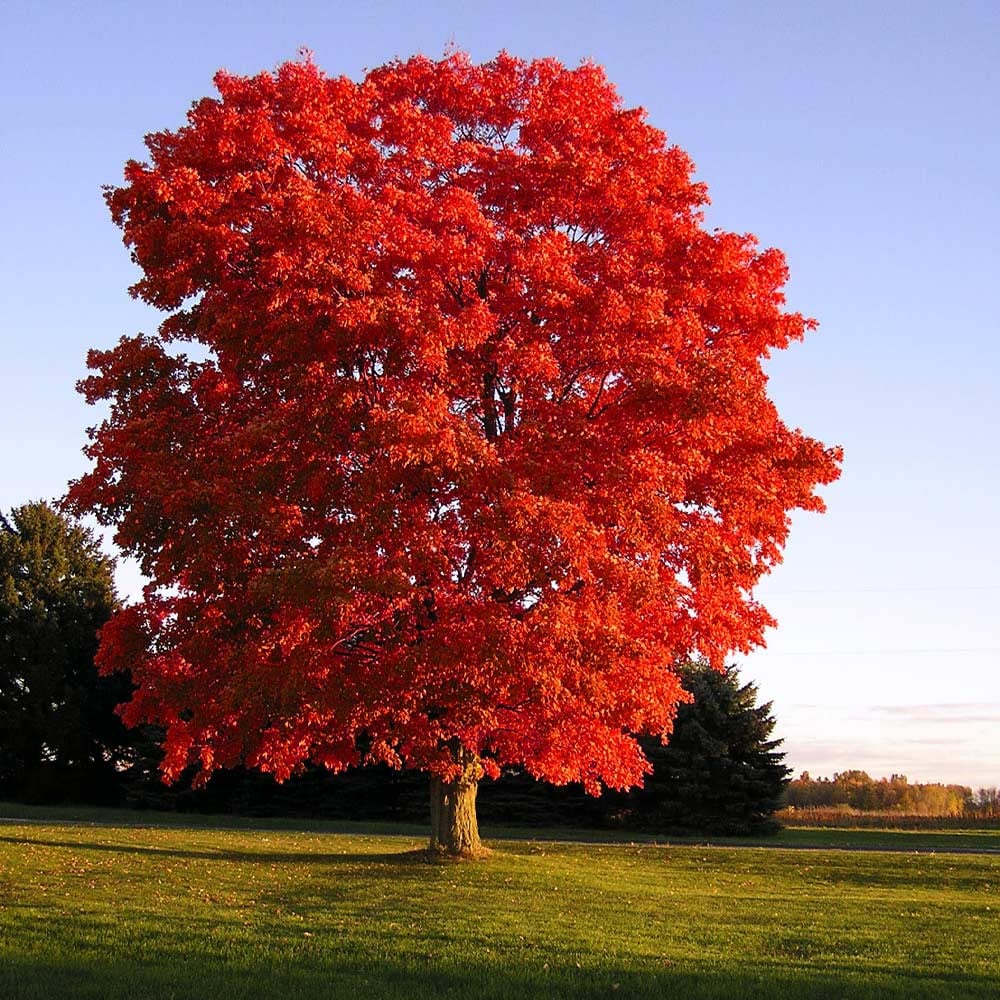Filters
Filters
Decorated Grass: An Elegant Touch to Your Garden.
What Are Ornamental Grasses?
Flower grasses are versatile, low-maintenance species that will make any yard or garden look beautiful, soft, and lively. These are not the same lawn grasses, but they’re planted for looks rather than performance. They come in different heights, colors, and shapes, so they can fit any design.
Key Features of Ornamental Grasses
Different Colors: With feathery spouts and sleek stalks, ornamental grasses come in many different textures and shades, from greens and golds to reds and variegated styles.
Seasonal Attraction: Many ornamental are year-round performers with flowering flowers in the spring and summer, dramatic seed heads in fall, and dramatic shapes in winter.
Low-Maintenance: These grasses are drought tolerant, do not need much fertilization, and they grow in many different soils and climates.
Benefits of Adding Ornamental Grasses
Better Look: With their gentle movement in the wind, they add movement to your garden.
Nature attraction: Several species provide forage and shelter for birds and other pollinators.
Eco-friendly Alternative: Once established, ornamental grasses use less water and less chemicals than many other species.
Where to Use Ornamental Grasses
Garden ornamental grasses are great for borders, rock gardens, containers, and even natural privacy screens. They’re also easy to blend in with perennials, shrubs, or water features.
Easy to Grow
How to Plant Bareroot Plants
First, soak the roots in a bucket of water for a few hours—this helps rehydrate them after shipping or storage. While they’re soaking, dig a hole that’s sufficient to give roots room to grow and deep enough so the crown (where roots meet stem) sits just above soil level.
Planting in Soil
Make a small mound of soil in the center of the hole, and drape the roots evenly over it. Use the same soil to backfill around the plant roots with soil, pressing it in as you go to remove air pockets.
After Planting
Once planted, water thoroughly to help the roots settle and establish. It’s best to avoid fertilizer right away—just focus on consistent watering for the first several weeks. Mulch lightly around the base to keep the soil moist, but don’t pile it against the stem.
After Planting
With a bit of attention early on, bare root plants often catch up quickly and grow strong.
Grow Tips For Success
Backyard Landscaping 101
When you’re ready to plant in your backyard, start with a clean area. Remove grass, rocks, or anything that might get in the way. Loosen the soil with a shovel—don’t rush this part, because good soil makes all the difference.
Check your Soil
If it feels too compact, mix in something rich like compost or rotted leaves. That helps roots breathe and water soak in evenly. Choose plants that make sense for where you live and how much sun the spot gets. When planting, dig just deep enough for the roots and gently press the soil back in.
Irrigation is Key
Water slowly so it reaches down deep. It’s a good idea to lay down mulch afterward to help hold moisture and keep weeds out, but don’t let it crowd the stems.
The first few weeks matter most, so check on them often and adjust as needed. Gardening this way keeps things simple and helps your plants settle in strong.













